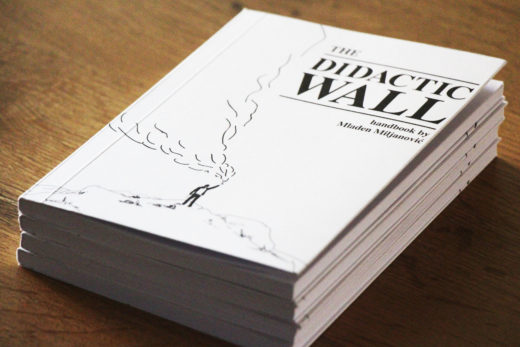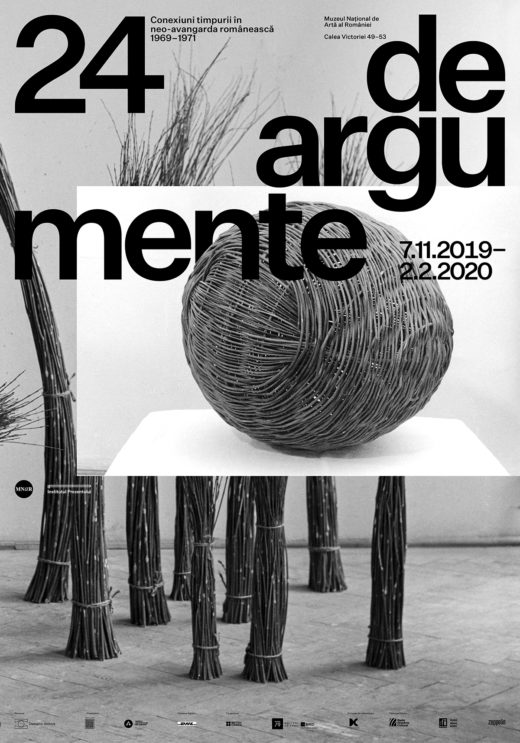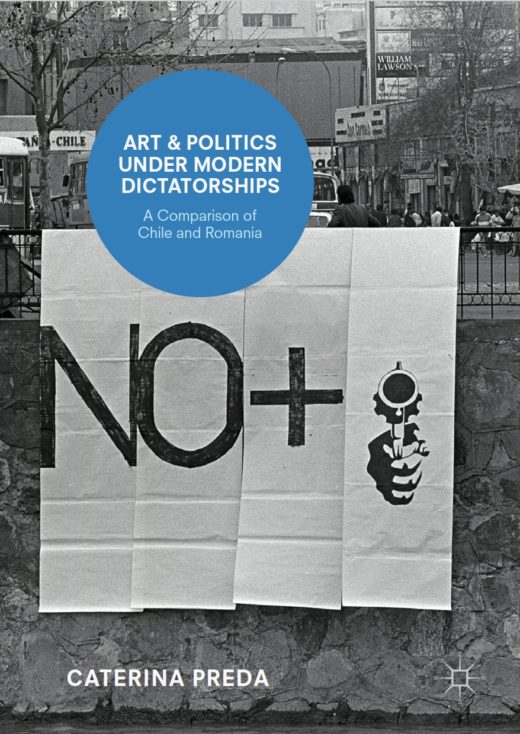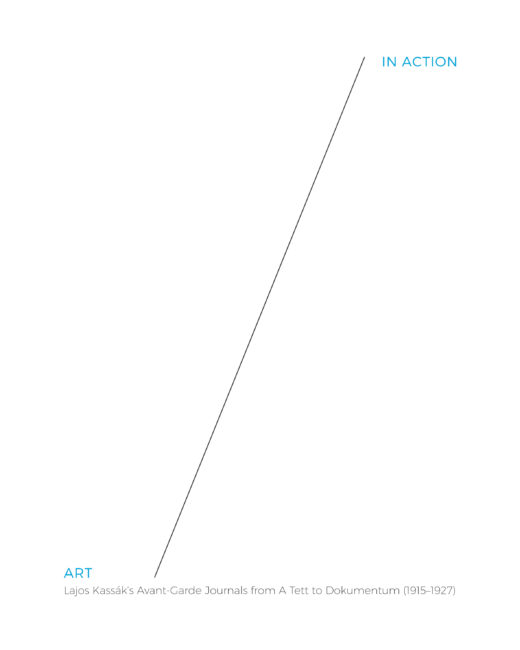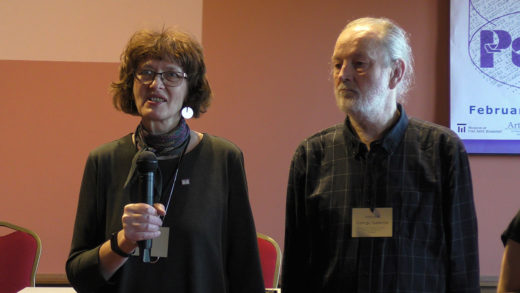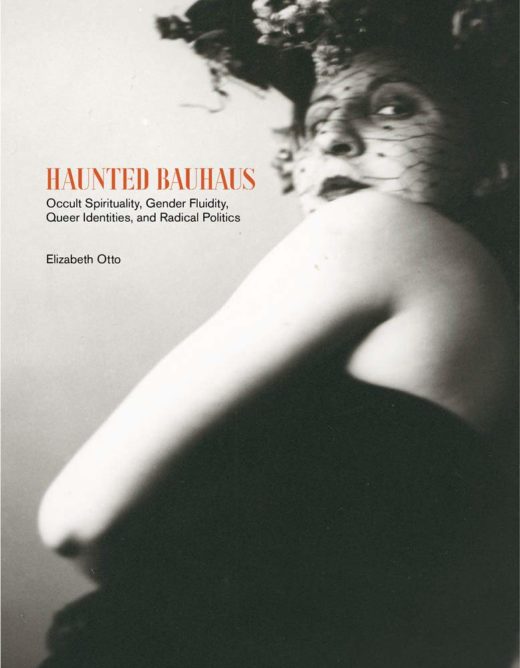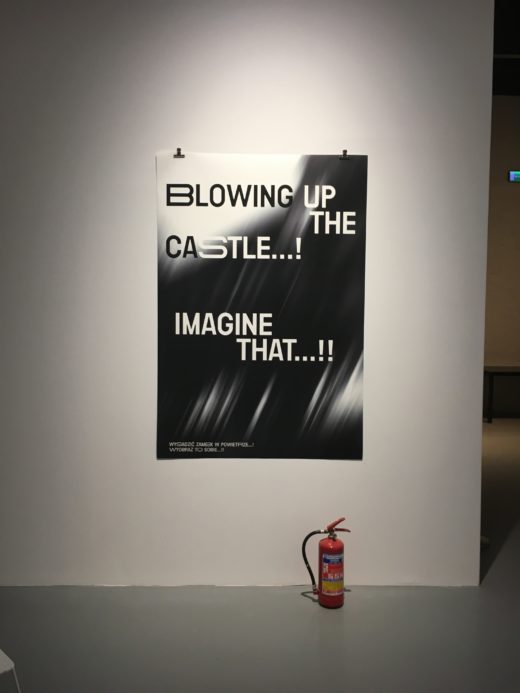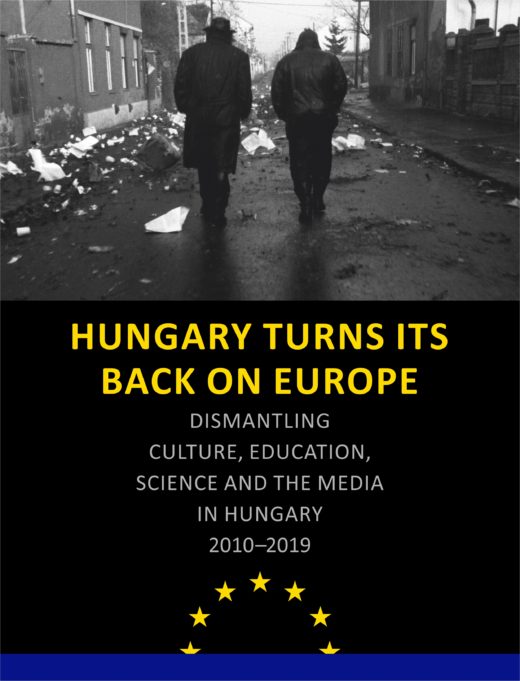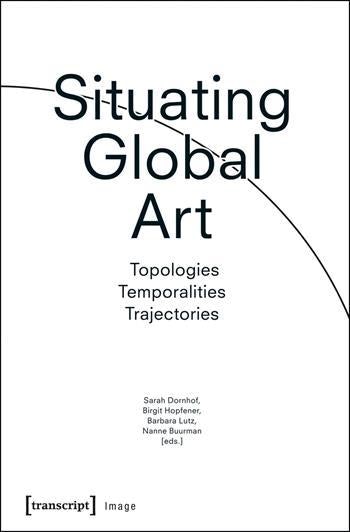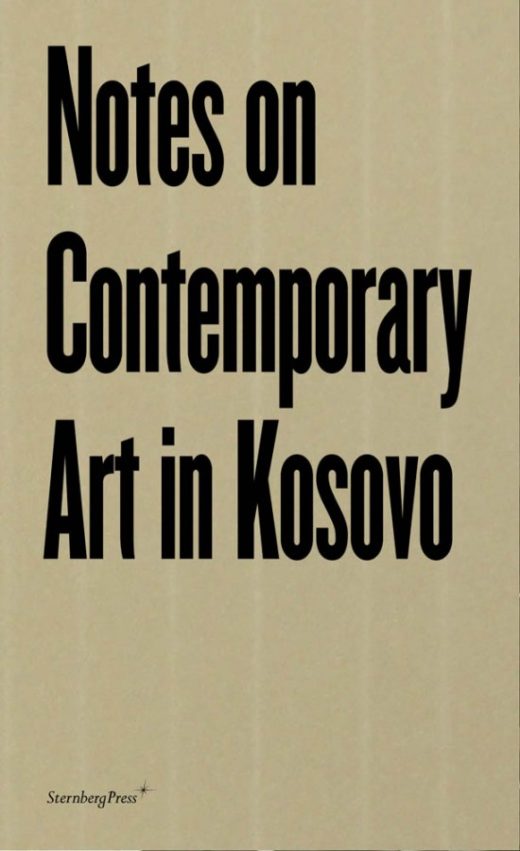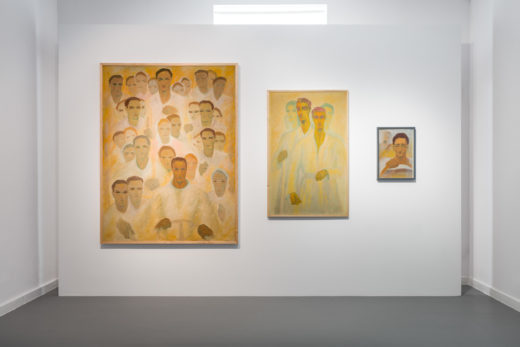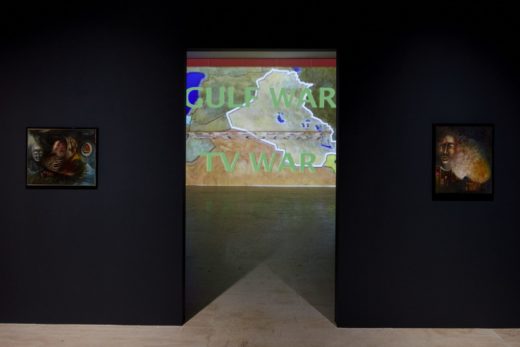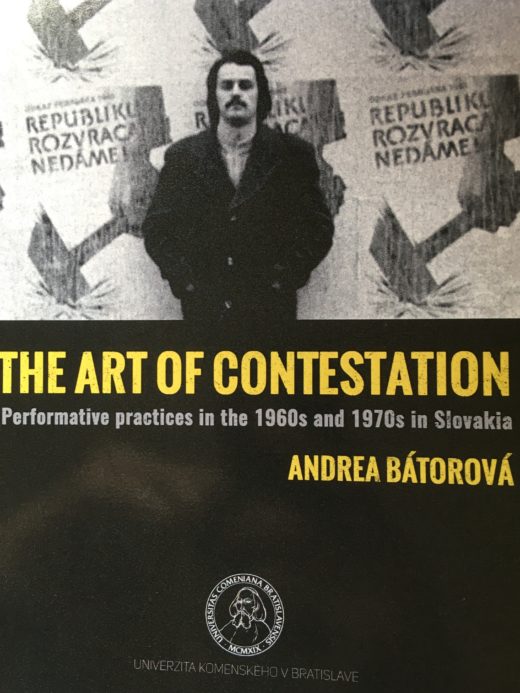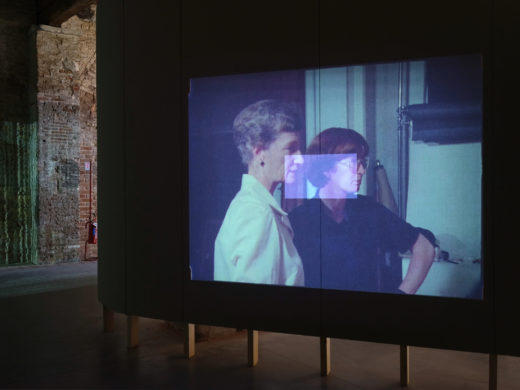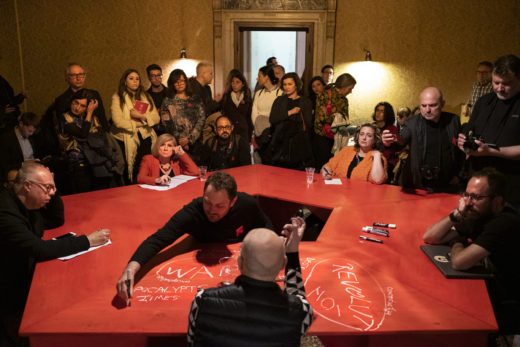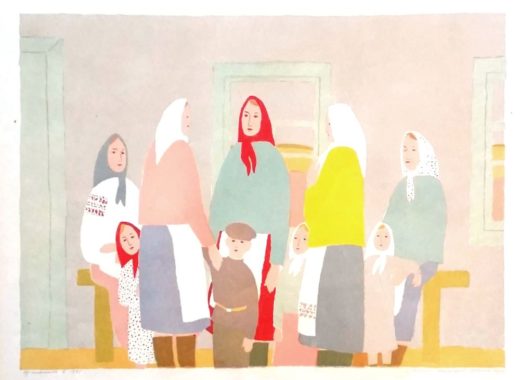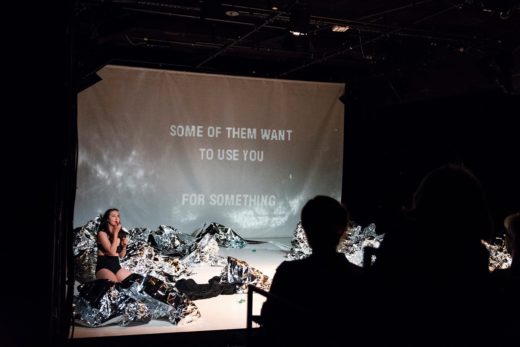“A Kind of Perverse Novel”: Performance Art and the Secret Services
Kata Krasznahorkai and Sylvia Sasse (eds.), Artists & Agents. Performance Art and the Secret Services (Leipzig: Spector Books, 2019), 686 pp.
What do performance artists and secret agents have in common? The editors of Artists and Agents. Performance Art and Secret Services, Kata Krasznahorkai and Sylvia Sasse, investigate the question what happens when both sides meet, taking a closer look at different aspects of the collisions that can occur during this encounter. The volume, which can be used for browsing or as a reference work, offers 600 pages worth of different perspectives on the issue, including the workings of … Read more

